Here are nine nuggets for your weekend. There are items on Tiger Woods and “scarcity,” possibly the greatest-ever award speech more.
The post Tiger Woods and ‘scarcity.’ And the greatest-ever award speech? | Weekend 9 appeared first on Golf.
Here are nine nuggets for your weekend. There are items on Tiger Woods and “scarcity,” possibly the greatest-ever award speech more.
The post Tiger Woods and ‘scarcity.’ And the greatest-ever award speech? | Weekend 9 appeared first on Golf.
Former Ryder Cup captains Darren Clarke and Thomas Bjorn won the modified alternate-shot round as Europe took the lead over the Americans and Internationals after the first day of the Skechers World Champions Cup.
Scottie Scheffler returned to competition Thursday for the first time in two months and shot a 6-under 66, finishing in a five-way tie for the lead in the Hero World Challenge.
It's a massive week for Australian golf, headlined by the long-awaited return of Rory McIlroy.
Colt Knost will succeed Ian Baker-Finch in the CBS booth beginning in 2026, the latest promotion in a rapid rise in golf TV.
The post Colt Knost opens up on CBS tower promotion, TV goals, criticism appeared first on Golf.
In partnership with Member for a Day and the USGA, 23 original pieces of artwork by Lee Wybranski are currently being auctioned off.
The post Now’s your chance to buy original pieces from golf’s premier artist appeared first on Golf.
For a limited time, you can take up to $100 off the TaylorMade Qi35 family of drivers, fairway woods and hybrids at Fairway Jockey.
The post TaylorMade Qi35 price drop: Save up to $100 on drivers, fairway woods and hybrids appeared first on Golf.
Types of Grasses on Golf Courses
The type of grass used on a golf course significantly impacts the course's playability, appearance, and maintenance requirements. Turf managers choose grasses based on the local climate, the specific area of the course (e.g., greens, fairways, roughs), and desired playing conditions.
Warm-season grasses thrive in tropical, subtropical, and transition zone climates. They grow actively when temperatures are between 80 and 95°F (27 and 35°C) and go dormant in the winter, often turning brown.
Grass Name |
|---|
What do you do if your flying divot ends up colliding with your ball and stopping it from rolling? Rules Guy has the answer.
The post Rules Guy: My divot stopped a ball in motion. Is that a penalty? appeared first on Golf.
Keegan Bradley admitted his devastation over the U.S. team's Ryder Cup loss has overshadowed his personal accomplishments.
The post ‘Darkest time’: Keegan Bradley forgot he won amid Ryder Cup devastation appeared first on Golf.
It’s the season of savings, and here at MyGolfSpy, we care about three things: high-performing gear, helping you find the best equipment for your game, and helping save you money. That’s why as soon as I saw this sale go live, I couldn’t share this quick enough. As an Evnroll user myself, I know just how good these putters are, and sales like this don’t come around too often.
Right now, the entire Evnroll Neo Classic line is on sale for $100 off at PGA Tour Superstore. This sale includes the Neo Classic 2, ER5 38 Tour Spec, ER8 Black 38 Tour Spec ($200 off!), Neo Classic 5, and Neo Classic 8. From blades to fangs to mallets, there is literally a shape for everyone here. If you’re shopping for a new putter for yourself or for a loved one this season, you absolutely cannot go wrong with Evnroll, and at this price, these are a steal. Take my advice: shop this sale while you can.
The post Deal Alert: Evnroll Neo Classic Putters are $100 Off Right Now appeared first on MyGolfSpy.
Rory McIlroy is playing the 2025 Australian Open at iconic Royal Melbourne, where he shared a controversial opinion about the top 10 course.
The post ‘That’s my opinion’: Rory McIlroy drops hot take about iconic host course appeared first on Golf.
Over the past few years, there’s been a lot of talk about disruptors in golf entertainment. LIV, TGL and YouTube have all staked their claim as reimagining professional golf and the way it is consumed.
But I remain highly intrigued by something else that isn’t quite like any of the above: Grass League.
The high-stakes par-3 golf league that features 11 franchises with a mix of pros and amateurs has grown organically, and rapidly, since its start in 2023.
Grass League has evolved into a cult-following movement with franchises divided by regional markets to create a sense of rivalry and community involvement. They are taking advantage of prime-time night golf under the lights in a more casual, fast-paced environment.
Whereas typical pro golf holds up “Quiet, Please” signs, Grass League is holding up “Louder, Please” signs. Put simply, everyone involved is here for a good time.
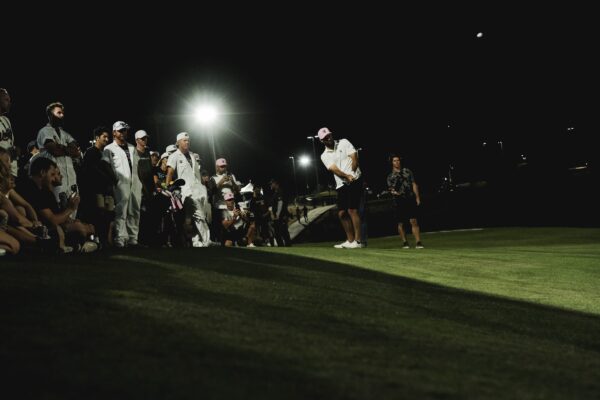
Let’s get this out of the way first.
I’ve never been a vest guy. I can’t remember a time that I’ve ever worn one on the golf course. But, after spending days in the Sun Mountain Knockdown vest, I think I might be converted.
Yeah, I’m a vest guy now. Deal with it.
And yes, THAT Sun Mountain. The one who created one of the most iconic golf bags of all-time? If the C-130 is a damn good bag, the Knockdown vest is equally as good.
When I looked at the weather forecast this week for my scheduled round on Pinehurst No. 2, I knew right away that it would be a vest kind of day.

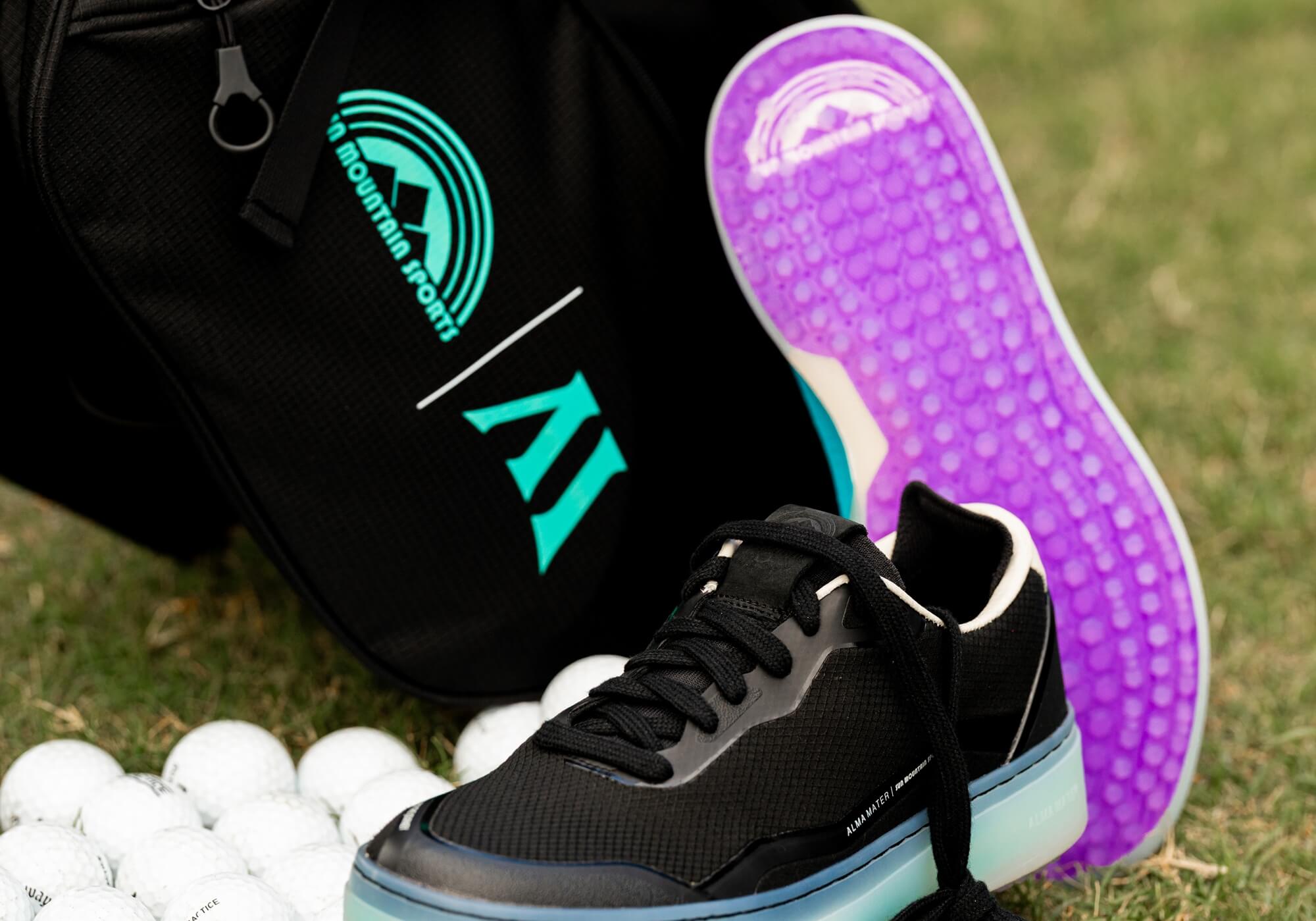
Elvis Smylie felt the golfing gods were on his side as the young Australian upstaged global superstar Rory McIlroy to set the early pace at the Open at Royal Melbourne.
How to watch the 2025 Hero World Challenge on Thursday, including full Hero World Challenge TV coverage and streaming details for Round 1.
The post 2025 Hero World Challenge Thursday TV coverage: How to watch Round 1 appeared first on Golf.
We’ve spent a lot of time breaking down our 2025 iron tests by category and individual model. In this guide, we’re zooming out and looking at something different: which brands consistently showed strong performance across the entire pool of irons we tested.
This is not a “best brand in golf, full stop” declaration. It’s a look at how the brands represented in our 2025 test performed within this specific dataset. Most brands on this list had multiple irons in multiple categories so we were looking for patterns.
Here’s a look at which brands delivered repeat strong performers in 2025.
Not every brand had irons in every category but this is a list of everything represented across Player’s, Player’s Distance, Game-Improvement, and Super Game-Improvement.
| Ben Hogan | Bettinardi | Bridgestone | Callaway |
| COBRA | Fourteen Golf | Honma | Maxfli |
| Mizuno | New Level | Orka | PING |
| PXG | Srixon | Stix | Sub 70 |
| TaylorMade | Titleist | Tommy Armour | Tour Edge |
| Toura | Vice | Wilson | Wishon |
Based on consistency across all four categories and how often their irons ranked near the top, the following three brands delivered the strongest overall performance in 2025.

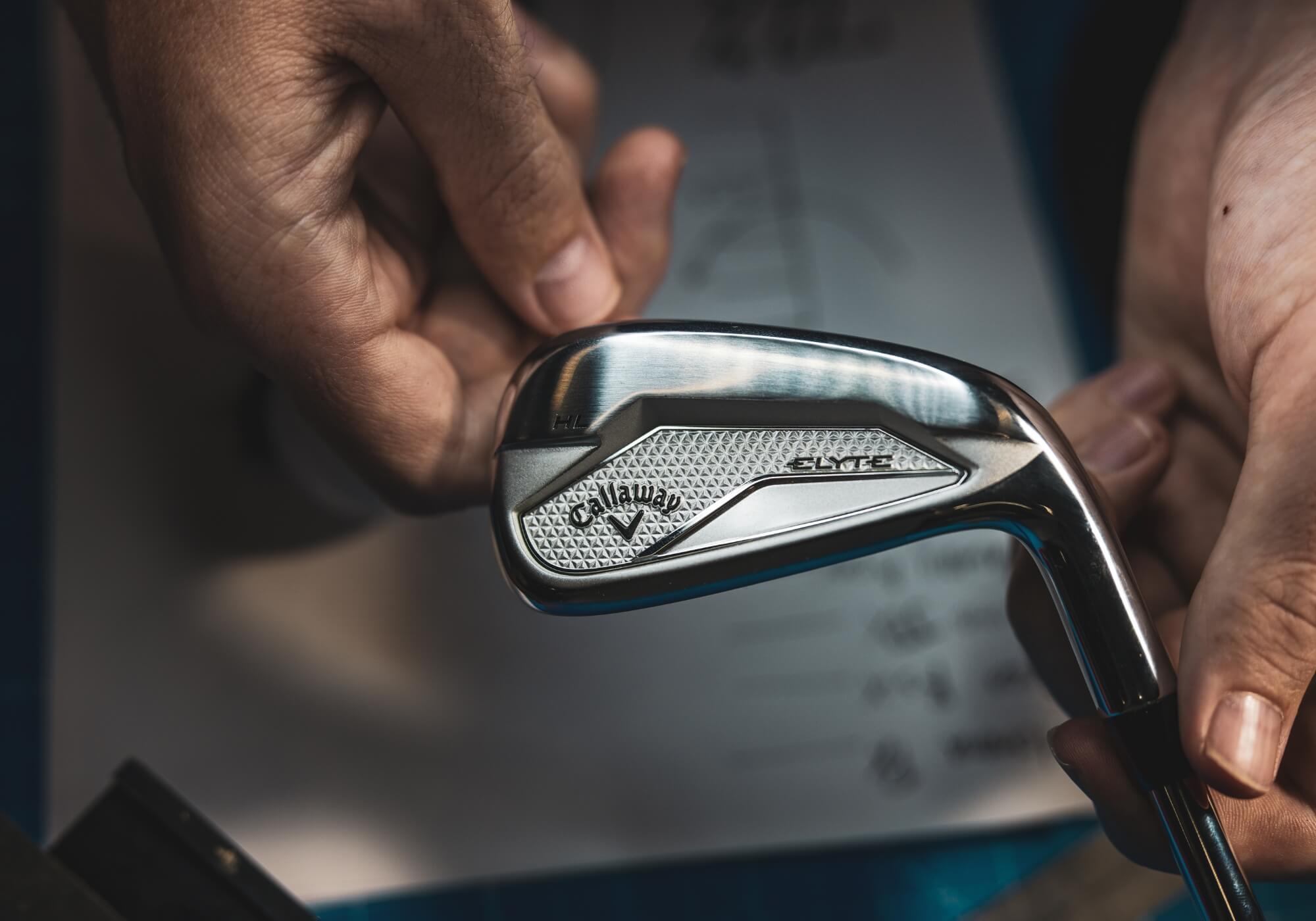



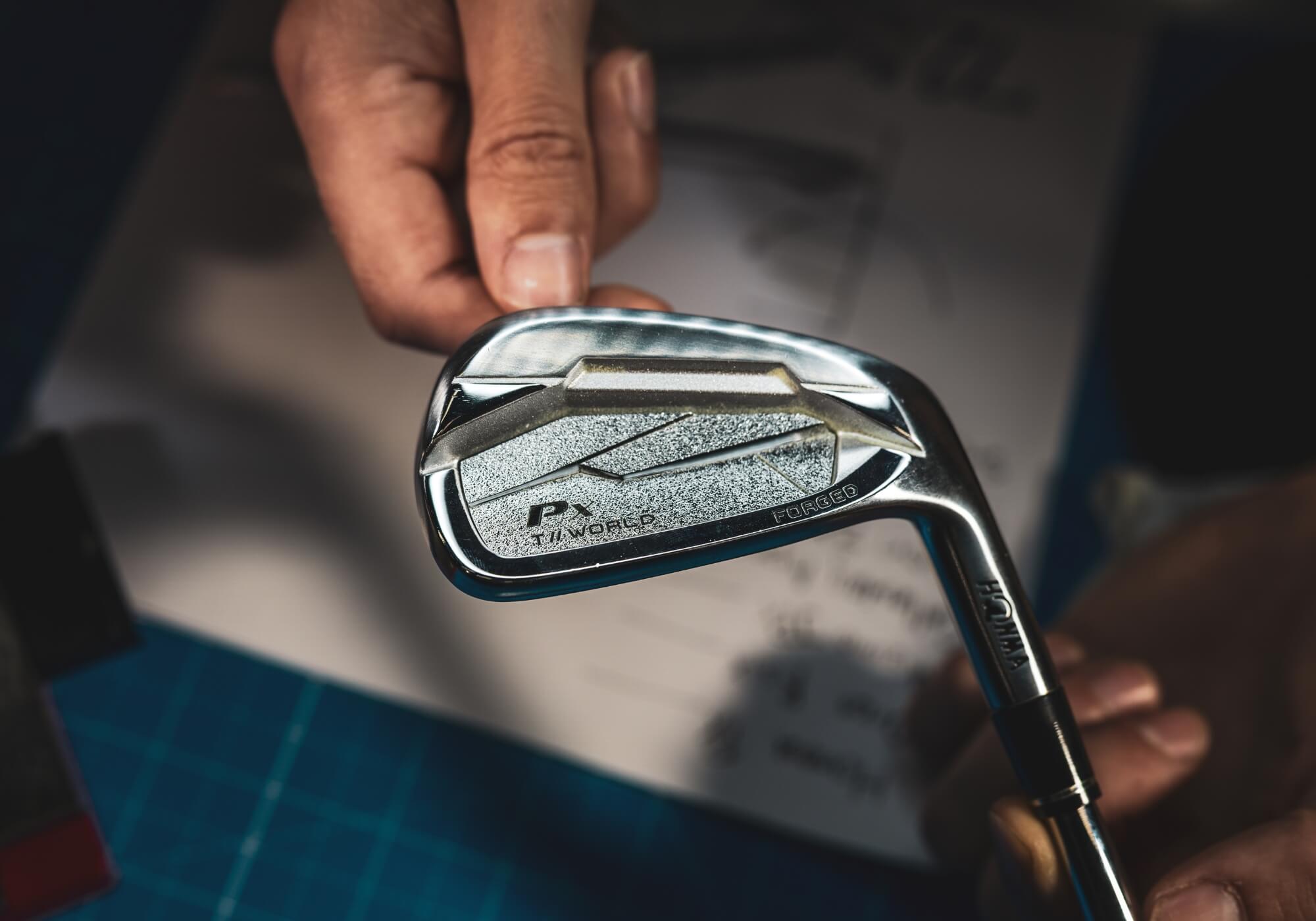
If you’re bored of the same old white golf ball but still want something that performs, you have options. 2025 brought some of the most colorful, limited-run and special-edition designs we’ve seen and a few of them showed surprisingly strong performance in the 2025 Golf Ball Test.
SpeedSoft Ink brings a matte-style pattern and NFL team graphics but it’s more than a novelty ball. In the 2025 Ball Test, SpeedSoft held its own in the low-compression category, offering solid distance for moderate swing speeds and a softer feel without huge performance trade-offs. If you want something playful that still behaves predictably, this is an easy pick.
If you ask me which company consistently produces the most fun golf ball designs, it’s absolutely Vice. The Vice Pro Plus Drip offers a louder look without sacrificing performance. In the 2025 Ball Test, the Pro Plus line delivered strong ball speed and reliable control for faster swing-speed players.
Neon Sunset is one of Vice’s boldest finishes and it’s easy to see on the golf course. The underlying Pro construction performed well in the 2025 MyGolfSpy Ball Test, offering a high-speed urethane design with good iron spin and a stable flight window. If you want color without sacrificing performance, this is one of the better options.
Maxfli’s Tour X line continues to be one of the strongest performers in testing and the USA Stars edition wraps that performance in a patriotic design. In the 2025 Ball Test, Tour X produced high ball speed, a penetrating flight and top-tier iron consistency. The special-edition pattern adds some flair without changing how the ball plays.

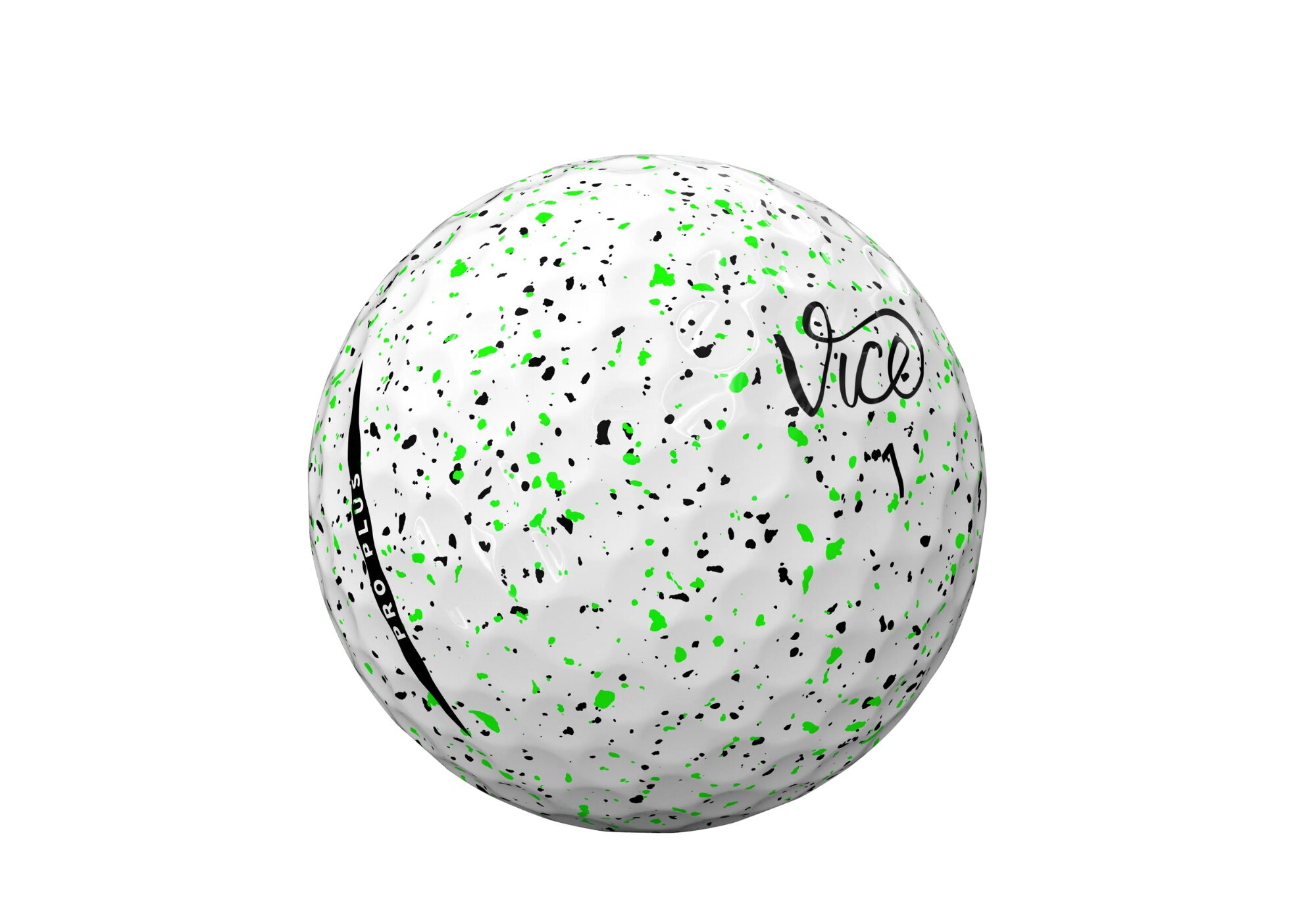
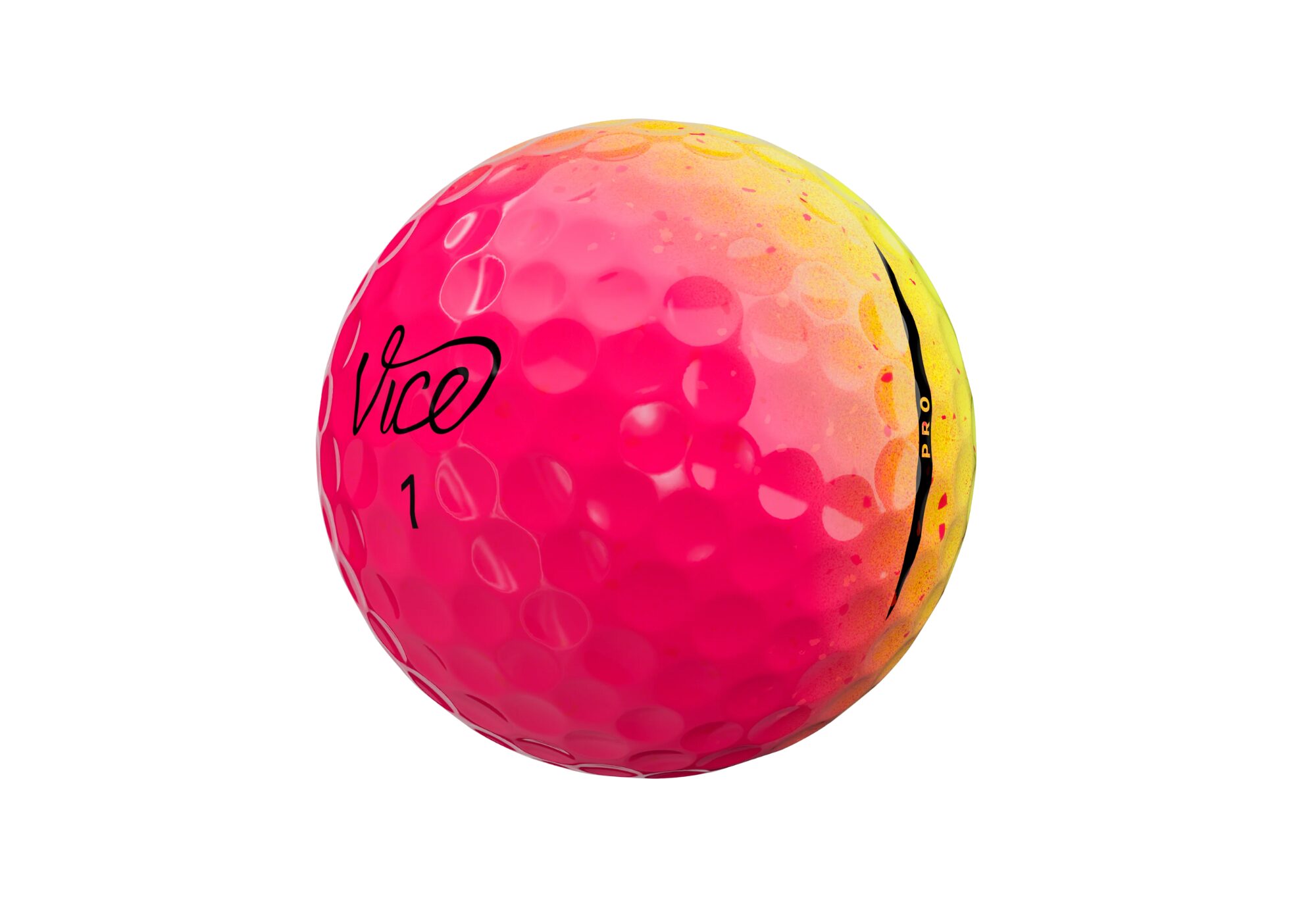
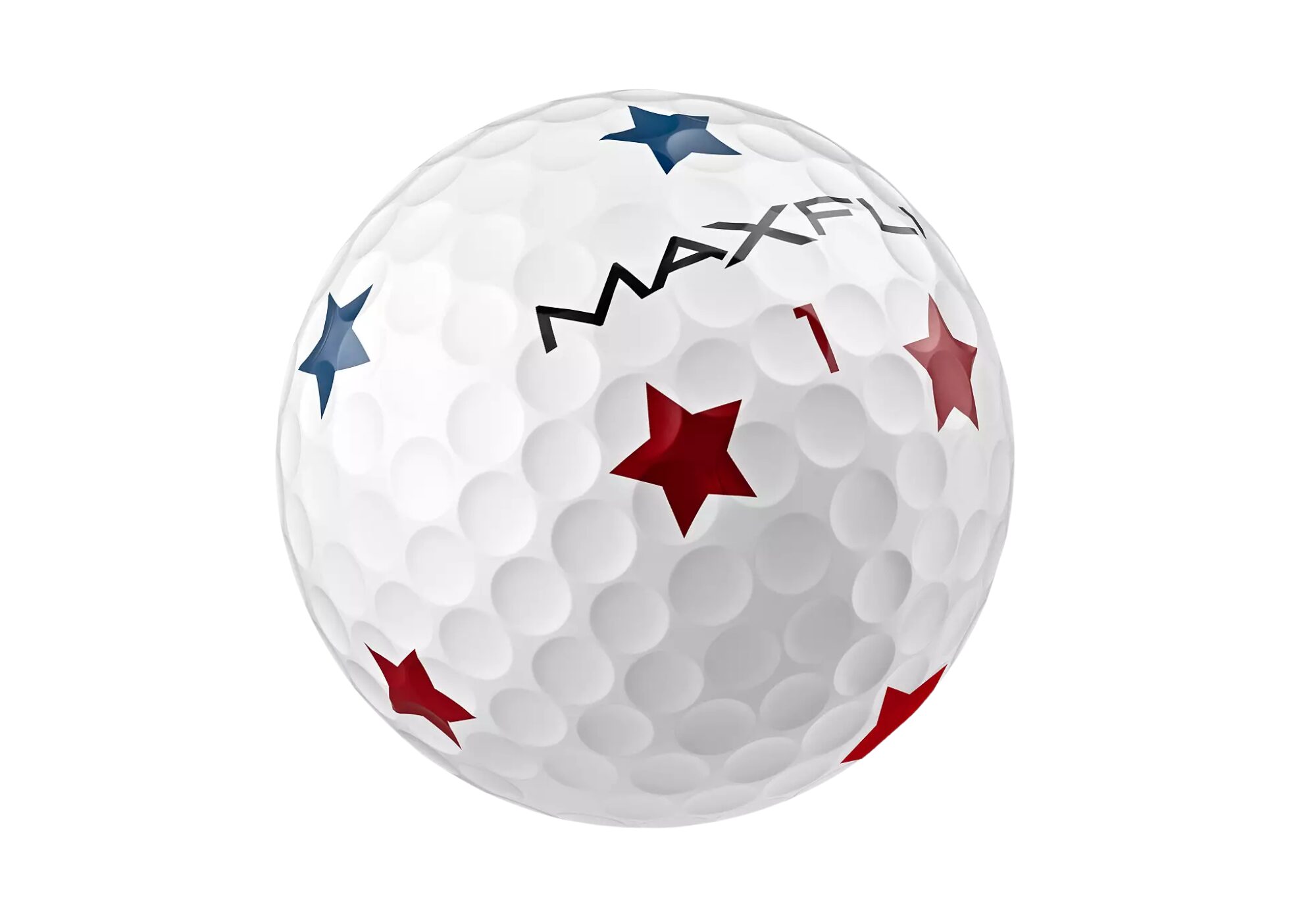

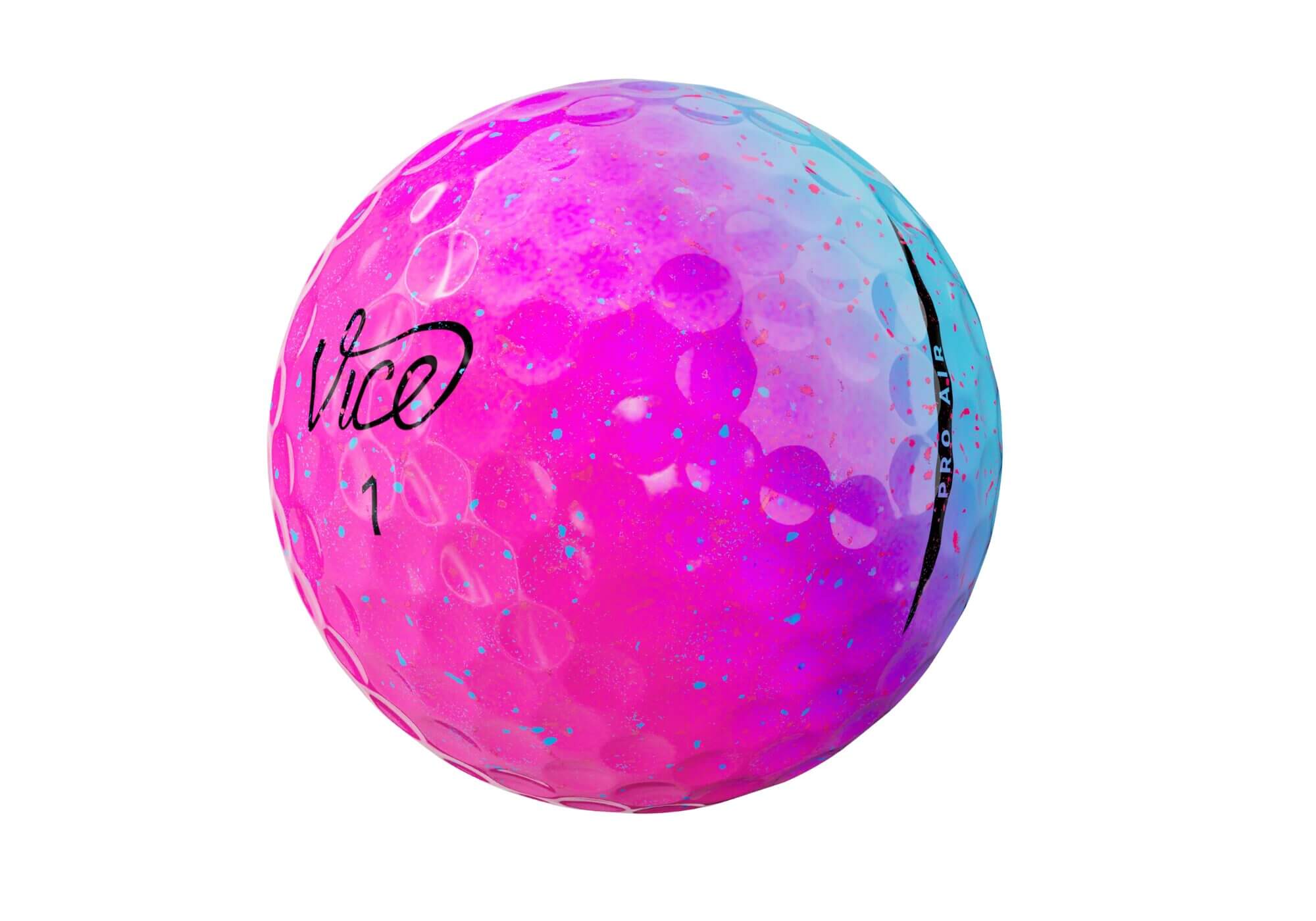
Golfers love practical gifts, especially the ones they’ll actually use on the course. That’s why stocking stuffers are the easiest win of the season. They’re small, affordable and a chance to give something that feels genuinely useful instead of gimmicky. And if you pick the right item, you can add real performance to a golfer’s bag without spending big. Here are the best golf stocking stuffers of 2025.
Maxfli Tour Series balls are an ideal stocking stuffer because they deliver tour-level performance without the tour-level price. In the 2025 MyGolfSpy Golf Ball Test, both the Tour and Tour X continued to show strong speed, consistent flight and dependable spin profiles. They fit a wide range of golfers and offer quality that rivals premium models, making them a smart, budget-friendly stocking stuffer.
A Bettinardi Gift Card is a simple, practical stocking stuffer that golfers actually use. It gives them the flexibility to pick what matters most whether that’s a headcover, accessories, or putting it toward a new milled putter or Studio B fitting. It works online or at Studio B Oak Brook, making it an easy choice when you want something useful without guessing their exact style or specs.
The Ringer GPS handheld makes a fantastic stocking stuffer for golfers because it packs a whole-course GPS, shot tracking and round analytics into a compact, easy-to-carry device. With more than 40,000 preloaded courses, a touch-screen display and a built-in magnet for quick mounting on a cart or bag, it’s ready to go straight onto the course with no fuss. It gives front/center/back yardages, hazards, green views, even post-round stats. For any golfer who loves data, convenience or just playing smarter, this is a small but powerful gift.
The BagStack Pro Pack is a great stocking stuffer because it instantly upgrades any golf bag with smarter, more secure organization. It locks onto the collar of the bag to create a dedicated home for towels, rangefinders and other essentials, eliminating the bounce and clutter golfers deal with round after round. The patented magnetic system delivers quick access, keeping accessories stable whether you’re walking, riding or pushing a cart. It’s a small, simple add-on that makes a golf bag feel cleaner, more functional and far more streamlined.
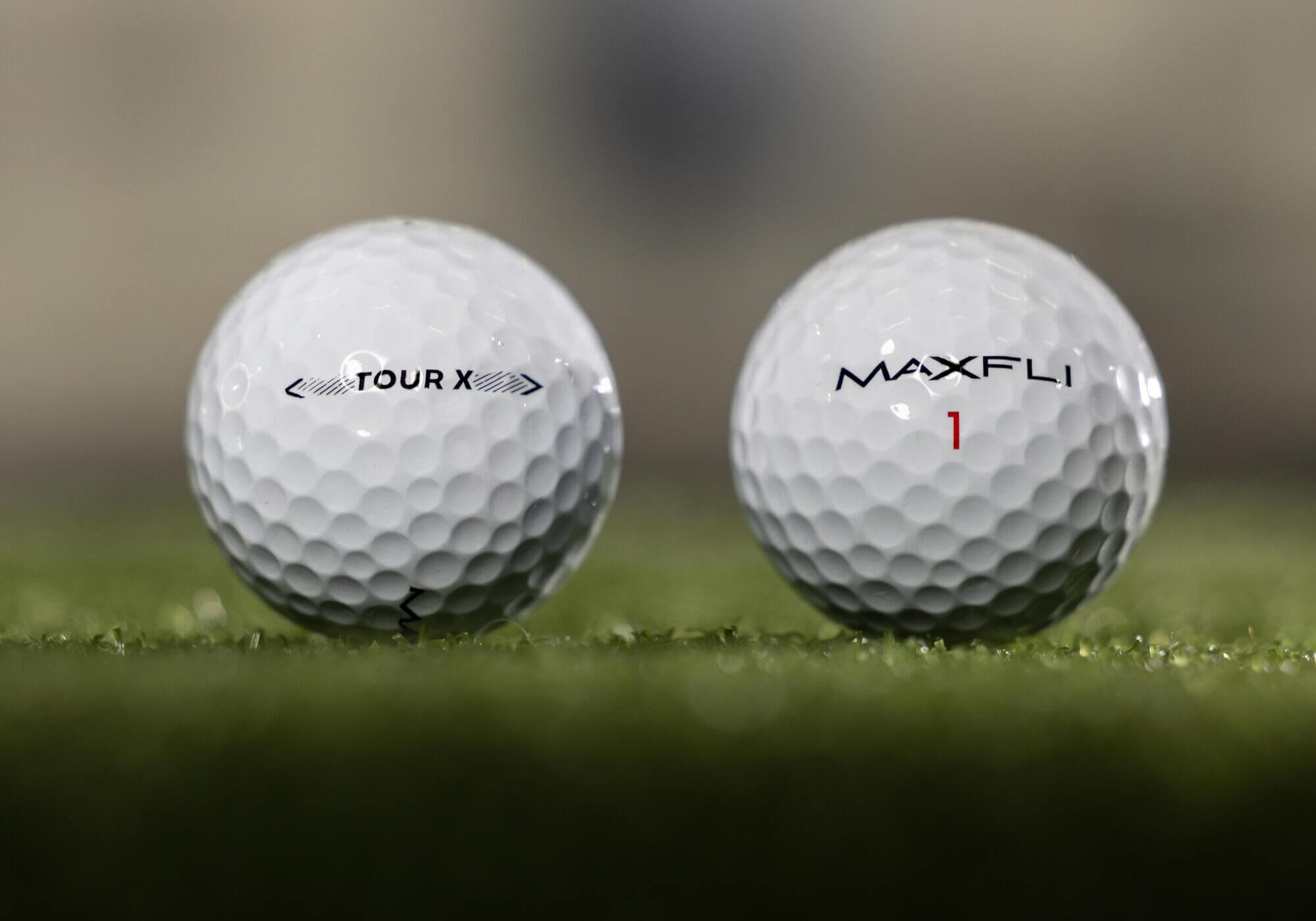





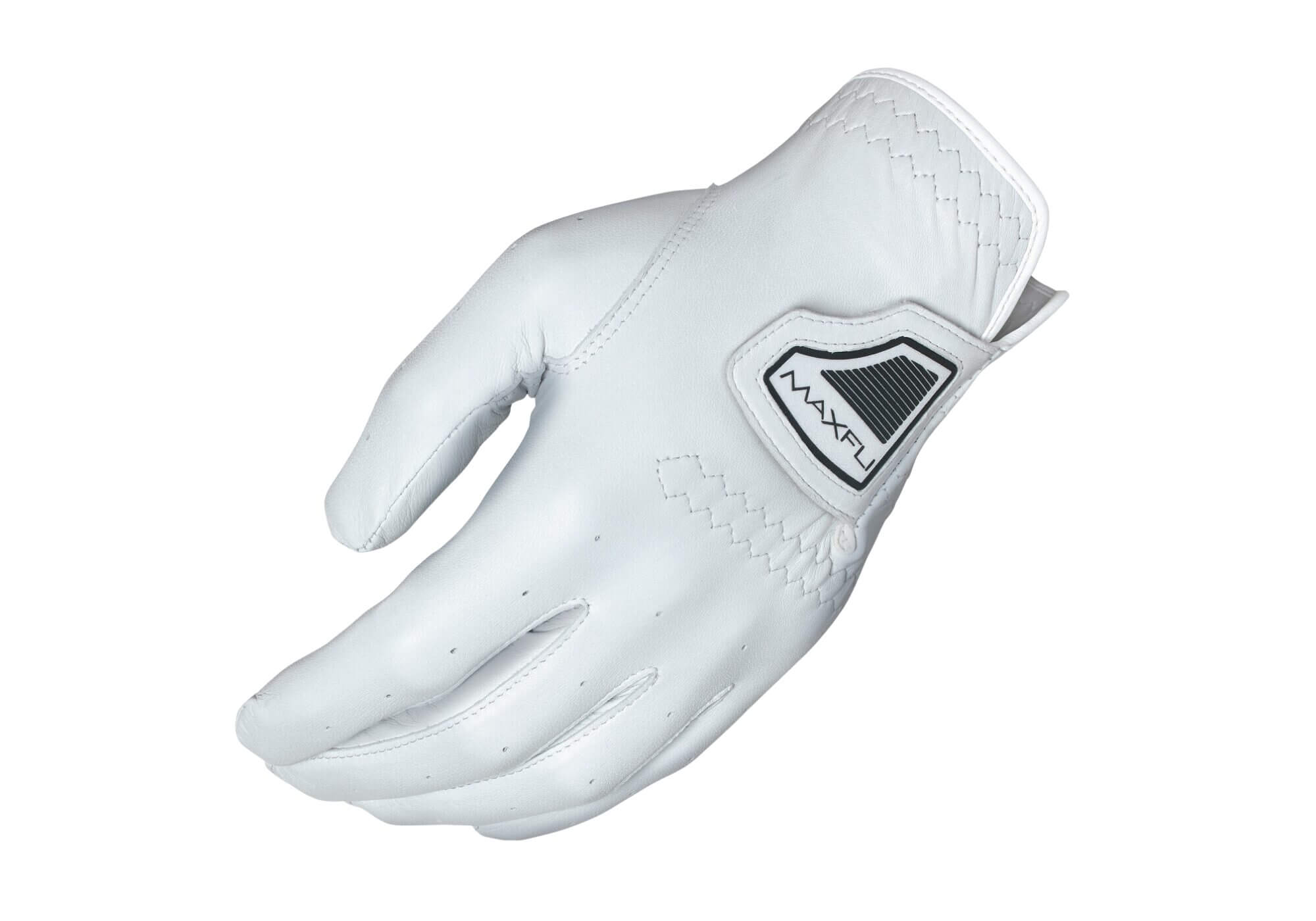



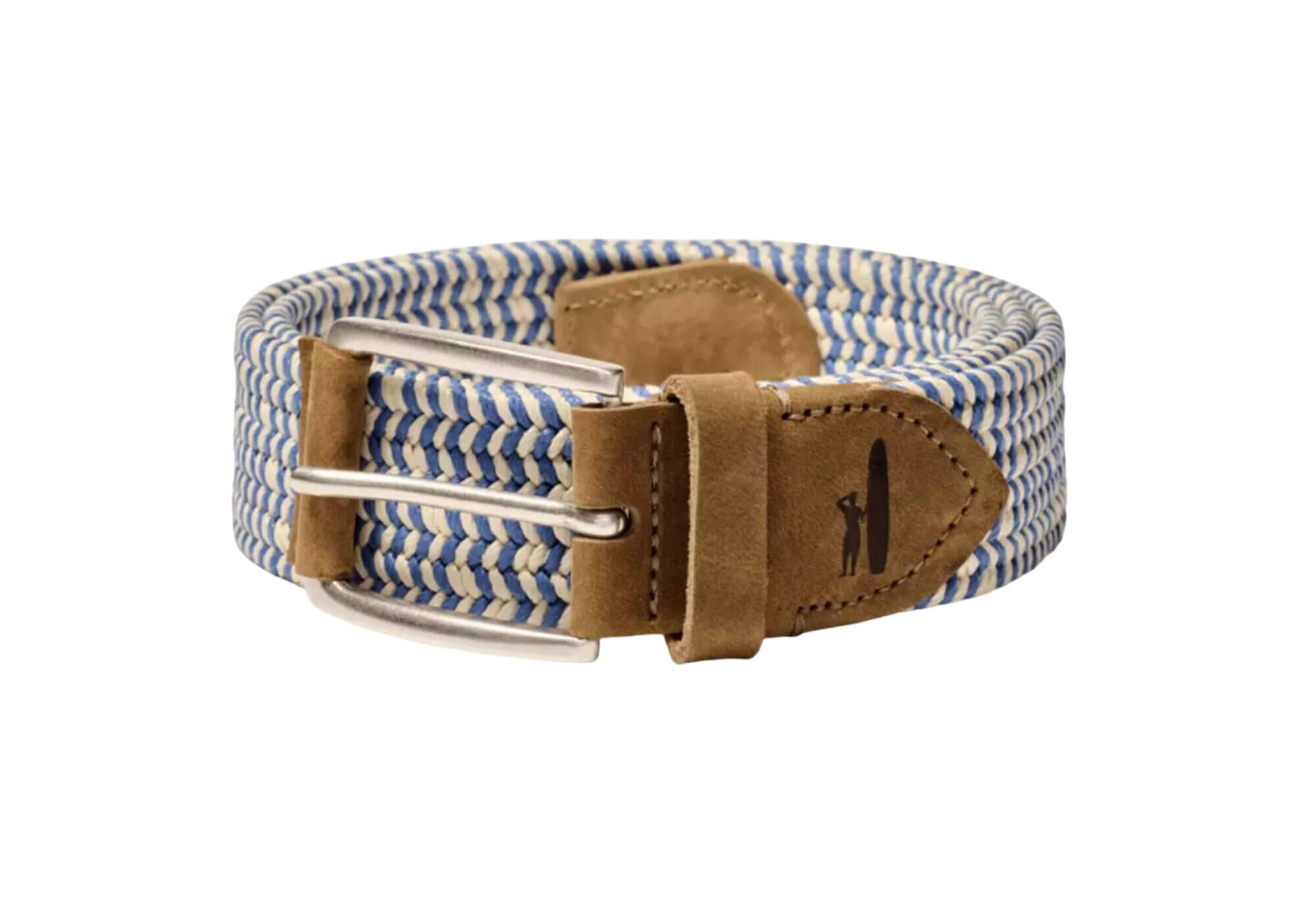

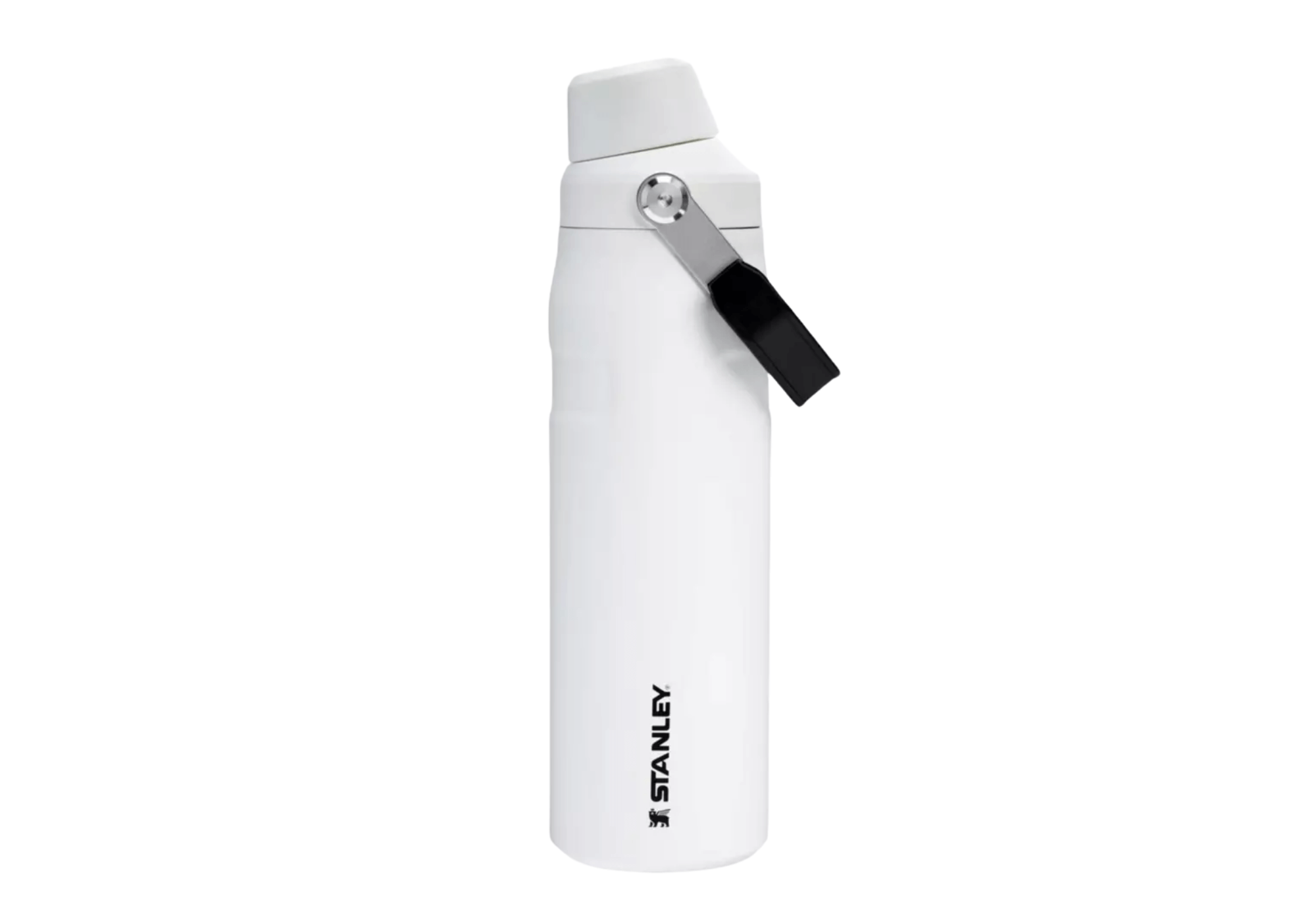
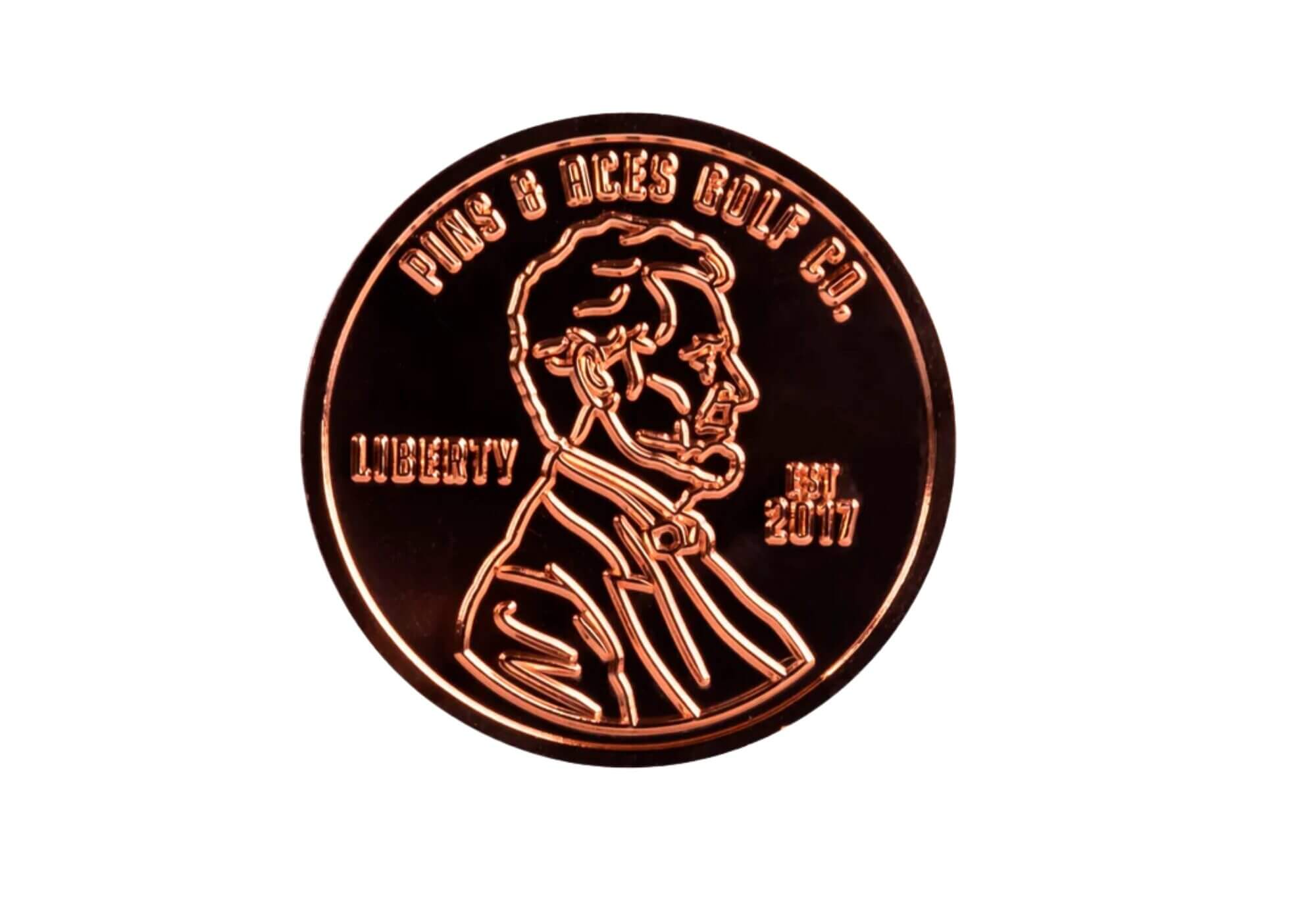


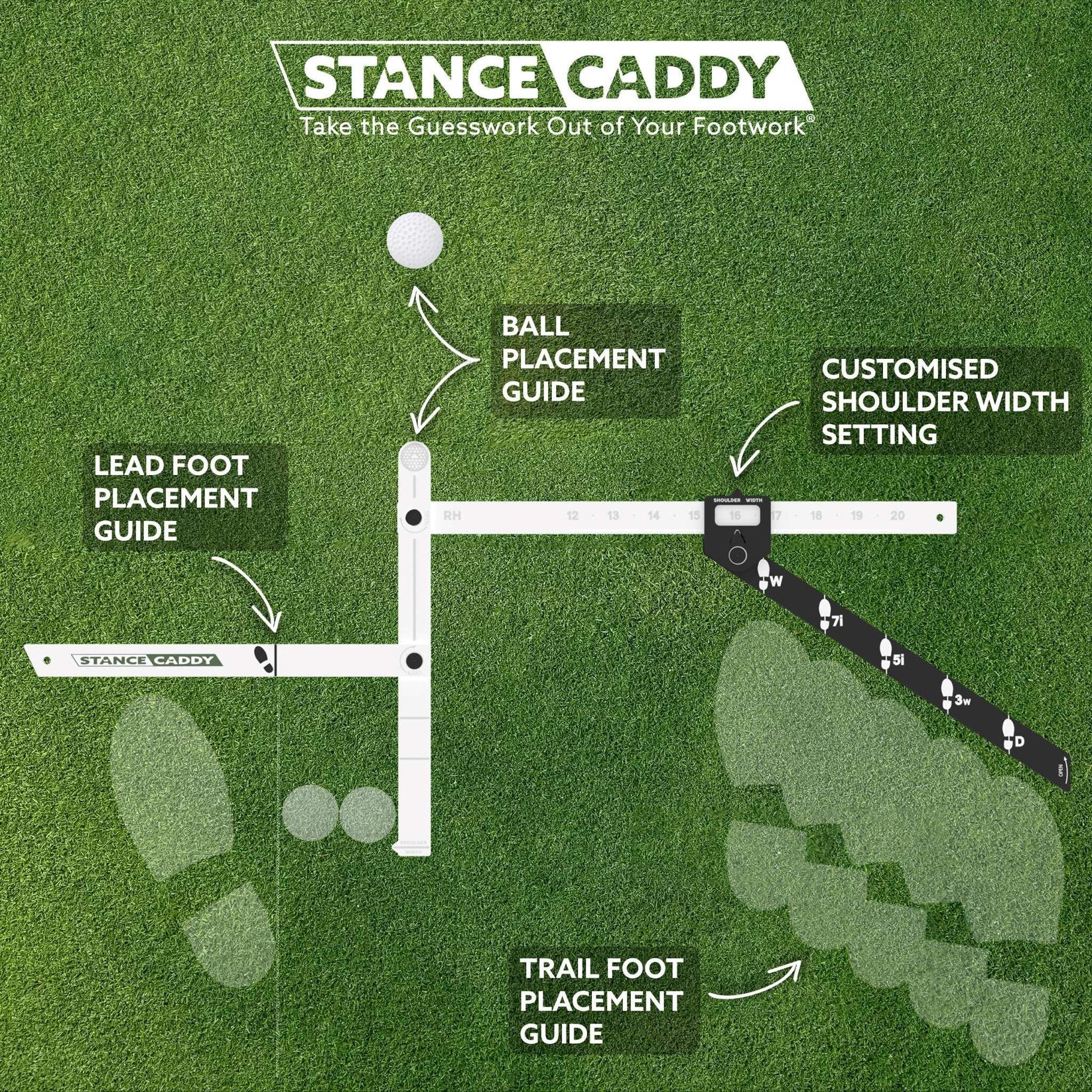
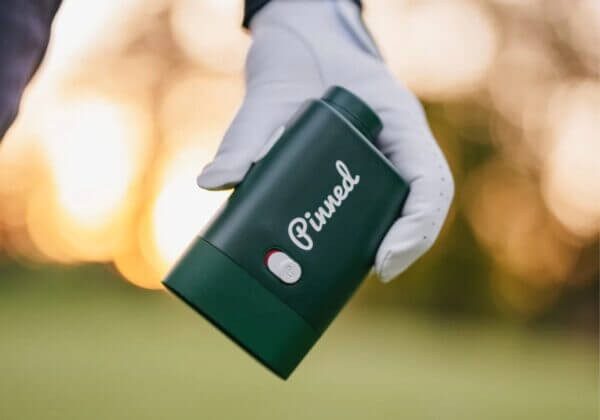
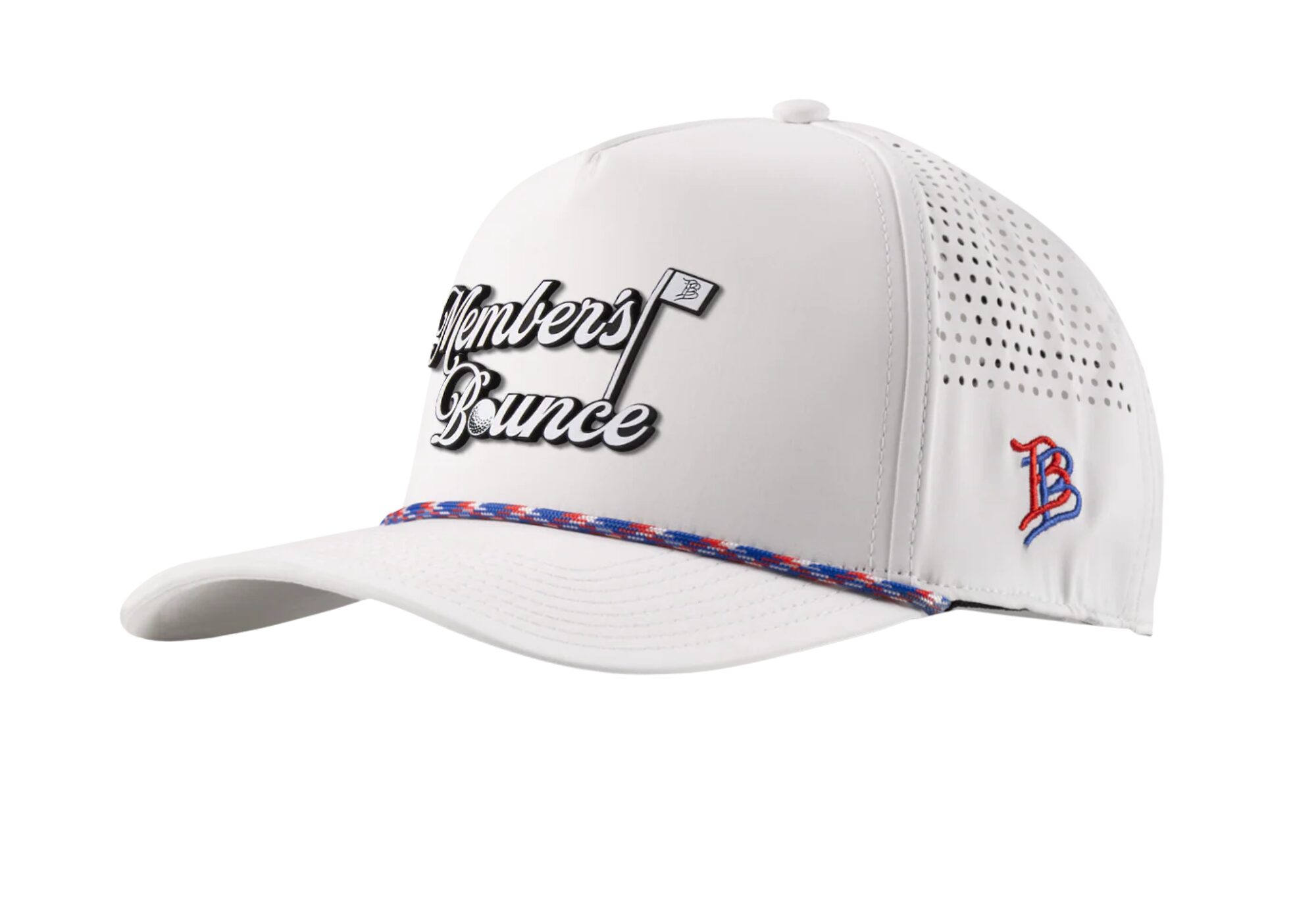
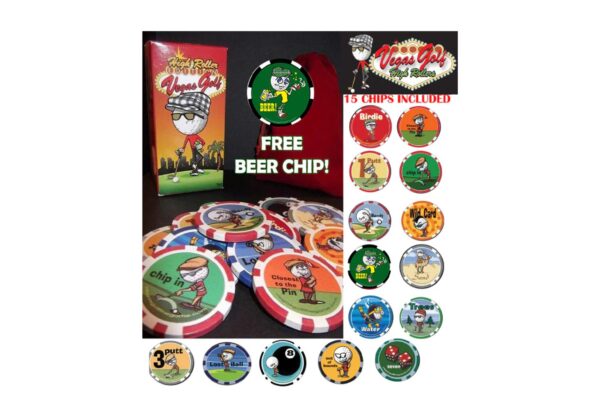
© 2025 GolfLynk.com a division of Outdoorsmen.com